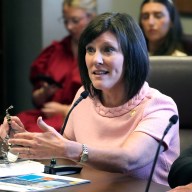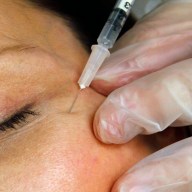The faculty of sciences at the University of Alberta has proudly welcomed three new members.
Two of three peregrine falcon eggs hatched on Saturday. The last chick discovered the light of day yesterday morning.
Nesting atop the clinical sciences building, mom Radisson and partner Damon are one of more than 45 pairs of peregrine falcons across Alberta.
Since these birds are an endangered species, every hatching egg is a success, said Rebecca Mercer, a PhD candidate at the U of A.
“Radisson and Damon have been more and more successful every year,” she said.
Typically, falcons only have two chicks, and usually only one of them will survive. This is also why the babies aren’t named until they’re old enough to have a good chance of survival, Mercer said.
Among the big threats to the falcons are human environments and a lack of nesting places, so seeing them successfully reproduce in a city environment is great, Mercer said.
“It should mean that we’ll be able to see them in more populated areas and more people will be able to have exposure to these great birds.”
As part of the Peregrine Project, an educational campaign to increase awareness of endangered species, there are three web cams focused on the falcon family’s nest box.
In about five weeks, the falcon babies will start learning to fly. Volunteers from the U of A ECOS student group are participating in a falcon fledge watch, making sure stranded falcon babies are brought back to the nest.
Before the parents migrate in September, the young falcons will leave home and head for a separate destination.
















